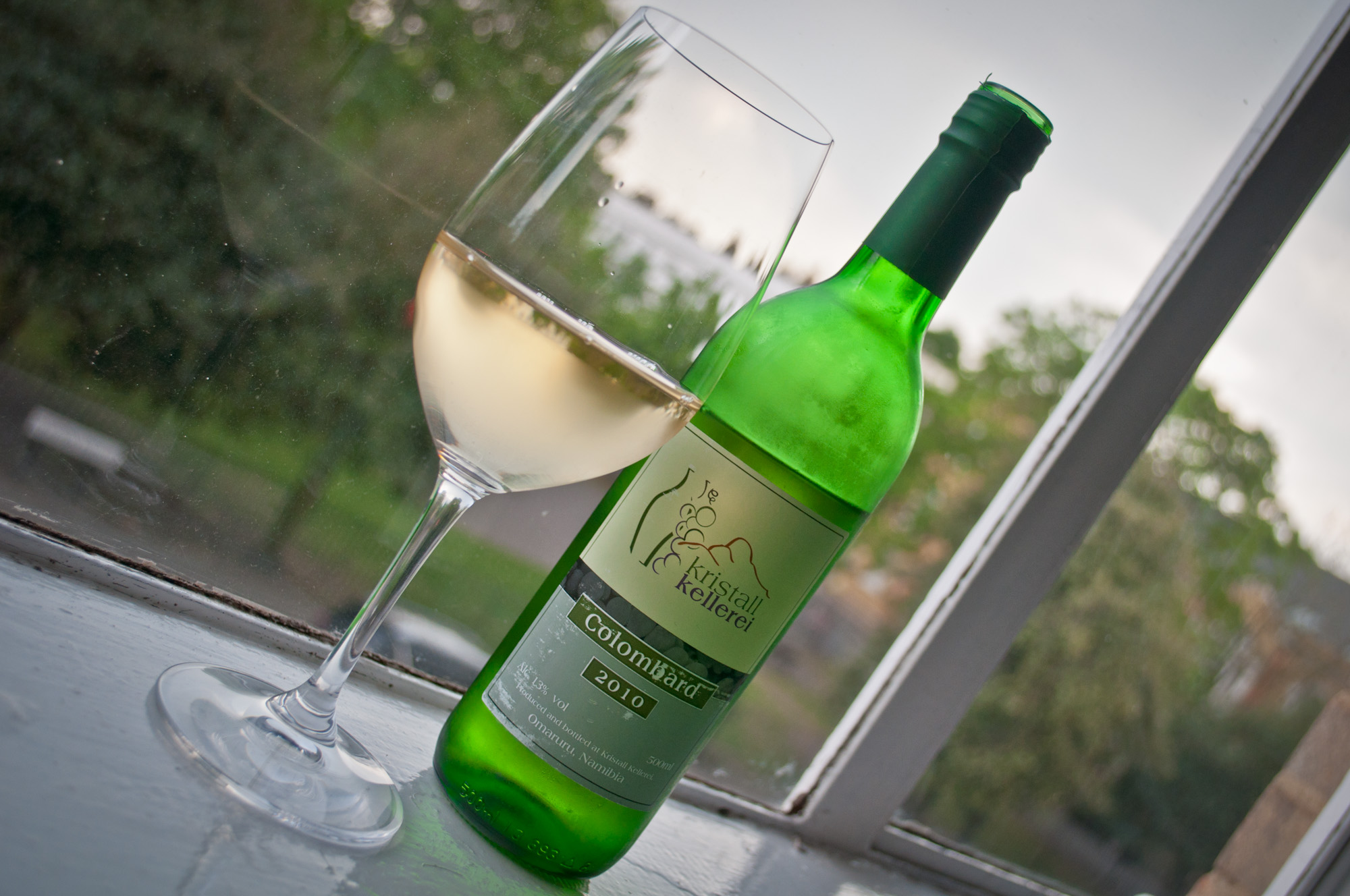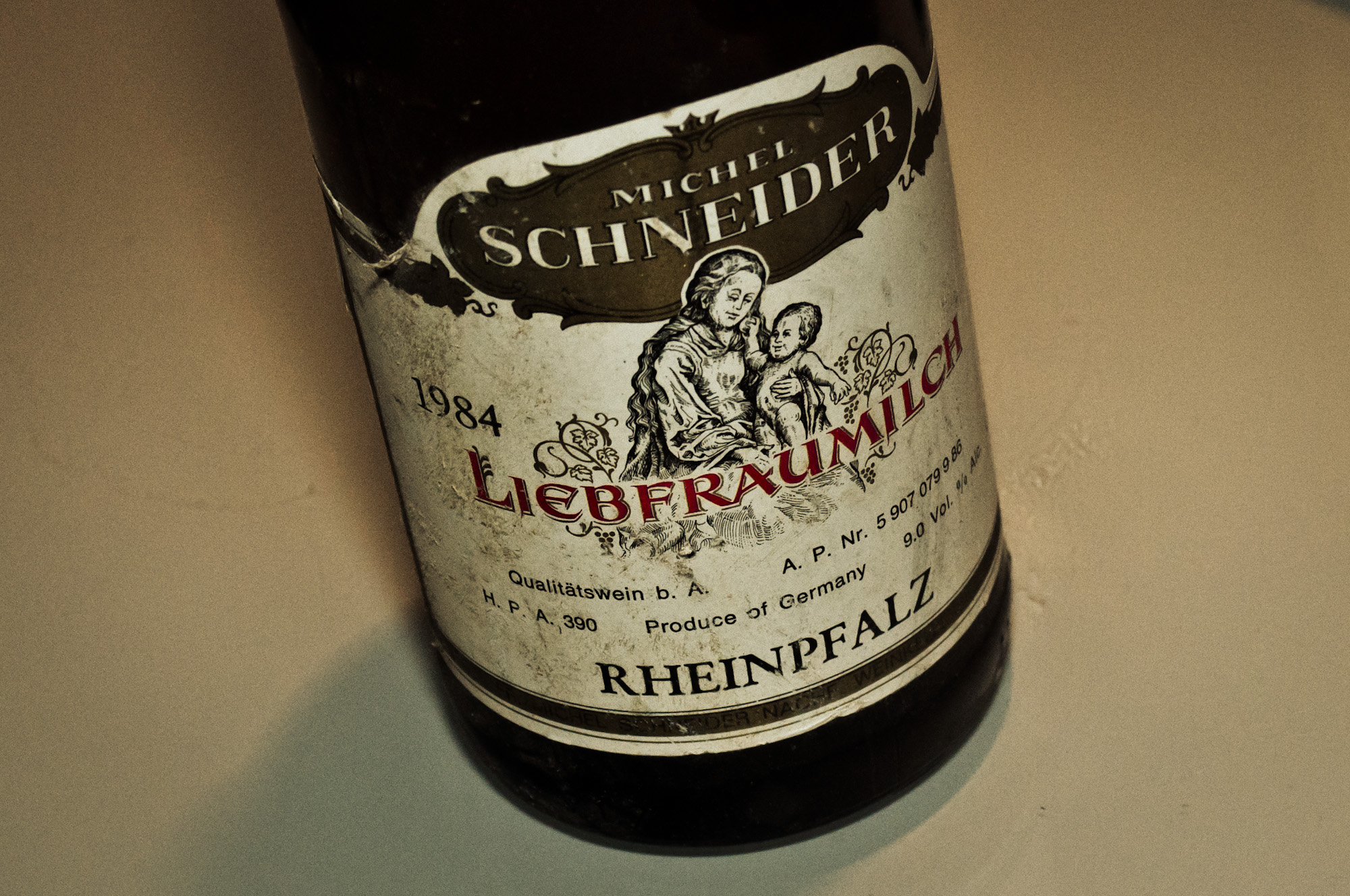Adgestone Vineyard, Owner's Reserve, Medium Dry, 2012
Do you eat ice cream on cold winter days? I do, and for some reason I fancy it more often when it is cold than during the few really hot days of summer which London allows me. Maybe for that reason I don't seem to be buying into seasonal wine reviews and I don't find that I crave heavy reds more often in winter than in spring. Therefore it is purely coincidental that I am reviewing this year's first rosé just in time for the official start of spring.

However, if you do enjoy strawberry goodness with sunshine I am sure this English rosé will deliver the goods for you this summer - almost too much, in fact.







